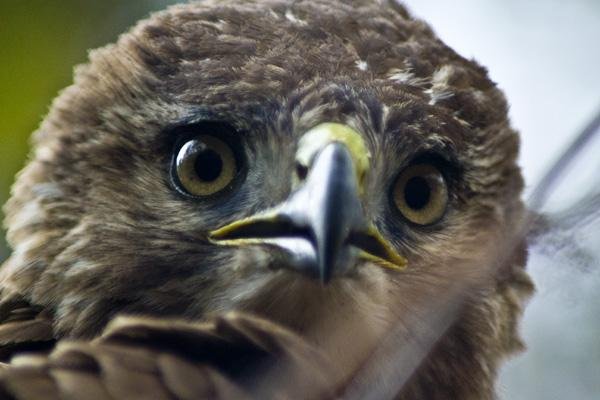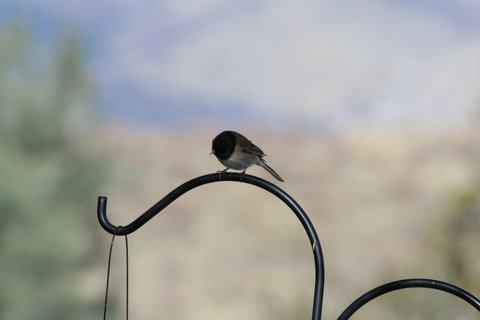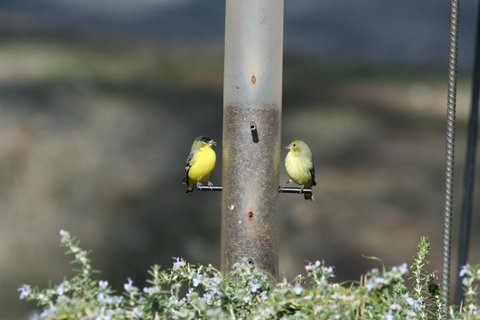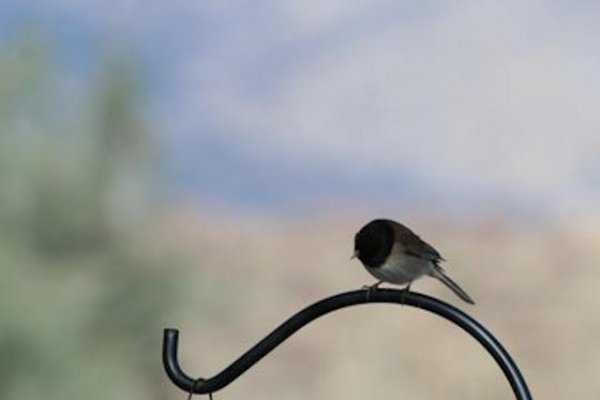SeilerBird
Well-known member
https://picasaweb.google.com/SeilerBird/December?authuser=0&feat=directlink
I have been stuck in Phoenix with really lousy weather all month so I only have 15 photos this month. I have a tree right next to my RV that a pair of Anna's Hummingbirds call home. Hummers spend 80% of their life hovering and feeding and the other 20% resting sitting in the top of a tree or bush imitating a leaf (which is why almost all hummers have a green back). The cool thing about hummers is that they learn to recognize people. The first dozen times I tried to photograph them they would just fly away. But eventually they become used to me and I can approach them without them flying off. The hummer shots this month were taken with me at the minimum focus distance of my 500mm lens, 8 feet.
My favorite photo this month is the one of Cleopatra lying on the floor 180 degrees out of phase. It looks like someone put her body together wrong.
I should tell the story behind the shot of Cleo and the mouse. About three months ago I bought a 97 cent stuffed mouse at Walmart and brought it home to give to my kitty. I tossed it to her and she brought it back and dropped it at my feet and sat there waiting. So I tossed it again. She brought it right back. Ever since then I have to throw the mouse for her about a hundred times a day. She thinks she is a Golden Retriever. Too funny. And if I try and ignore her she gets as close to me as possible, paws at me and gives me the most mournful cry you have ever heard coming out of a kitten.
I am getting a brake job done tomorrow and then heading out for Florida and Disney World next week.
I have been stuck in Phoenix with really lousy weather all month so I only have 15 photos this month. I have a tree right next to my RV that a pair of Anna's Hummingbirds call home. Hummers spend 80% of their life hovering and feeding and the other 20% resting sitting in the top of a tree or bush imitating a leaf (which is why almost all hummers have a green back). The cool thing about hummers is that they learn to recognize people. The first dozen times I tried to photograph them they would just fly away. But eventually they become used to me and I can approach them without them flying off. The hummer shots this month were taken with me at the minimum focus distance of my 500mm lens, 8 feet.
My favorite photo this month is the one of Cleopatra lying on the floor 180 degrees out of phase. It looks like someone put her body together wrong.
I should tell the story behind the shot of Cleo and the mouse. About three months ago I bought a 97 cent stuffed mouse at Walmart and brought it home to give to my kitty. I tossed it to her and she brought it back and dropped it at my feet and sat there waiting. So I tossed it again. She brought it right back. Ever since then I have to throw the mouse for her about a hundred times a day. She thinks she is a Golden Retriever. Too funny. And if I try and ignore her she gets as close to me as possible, paws at me and gives me the most mournful cry you have ever heard coming out of a kitten.
I am getting a brake job done tomorrow and then heading out for Florida and Disney World next week.




